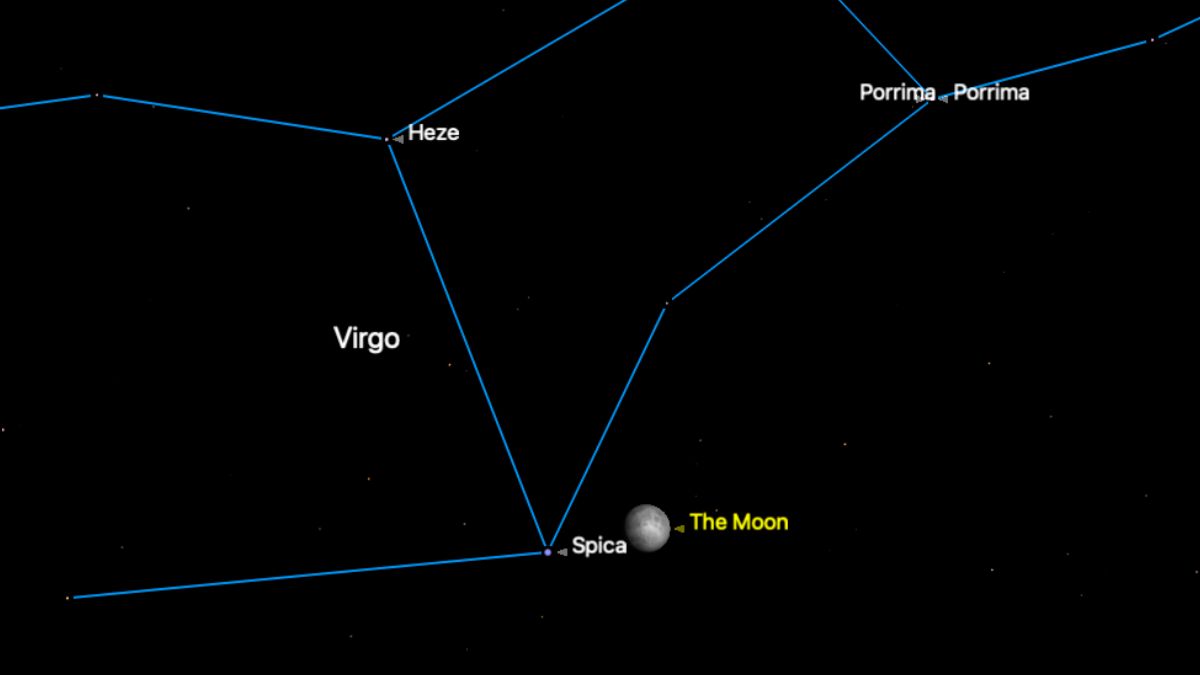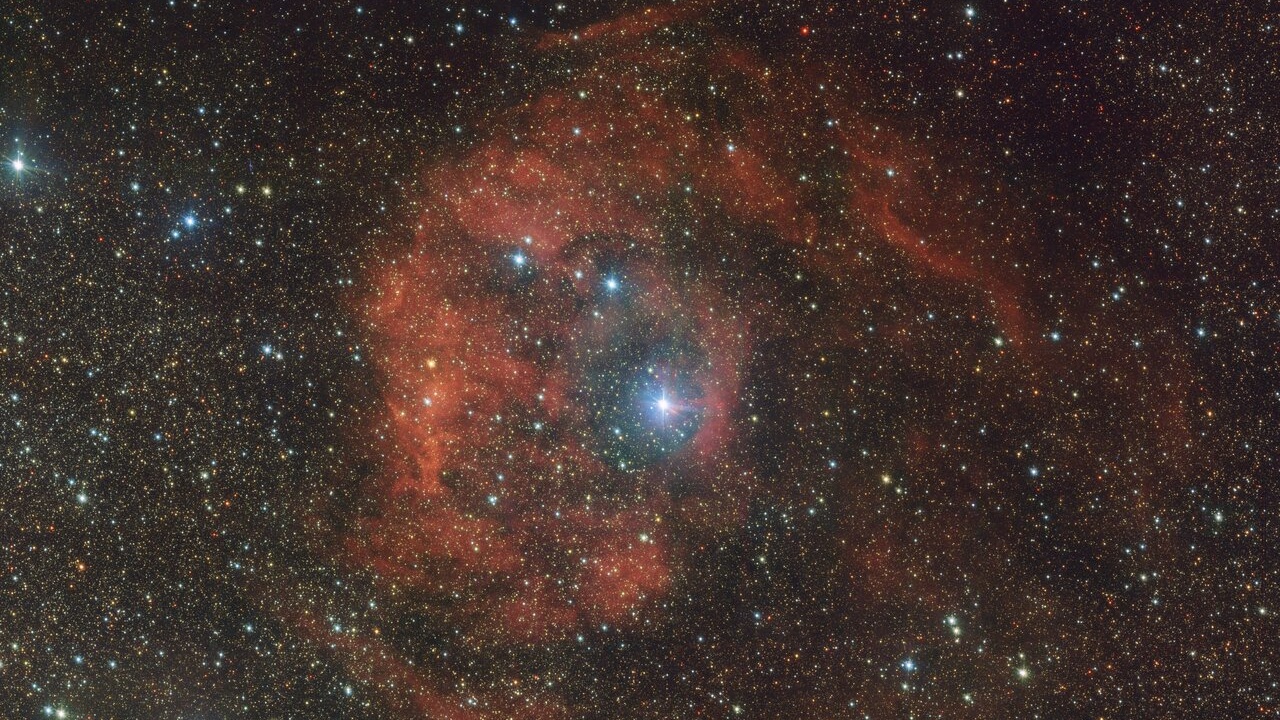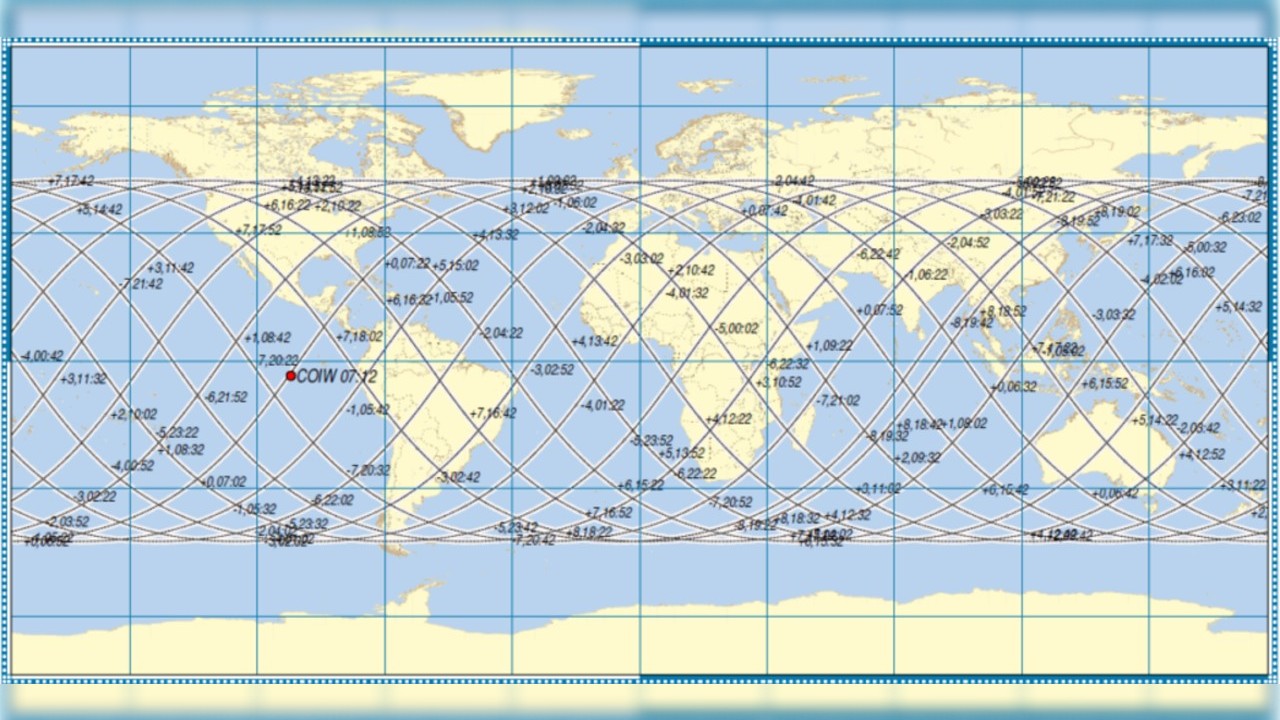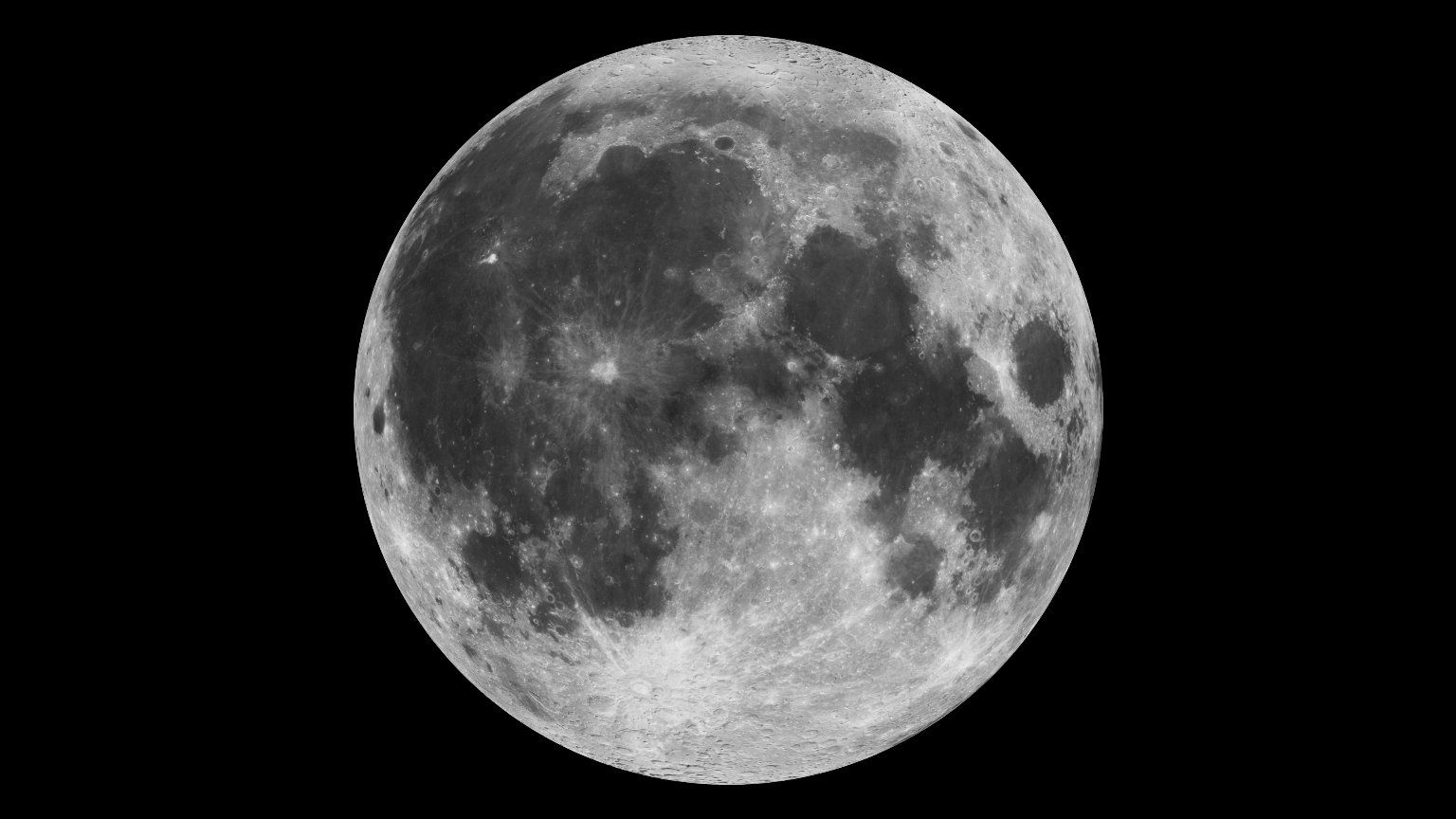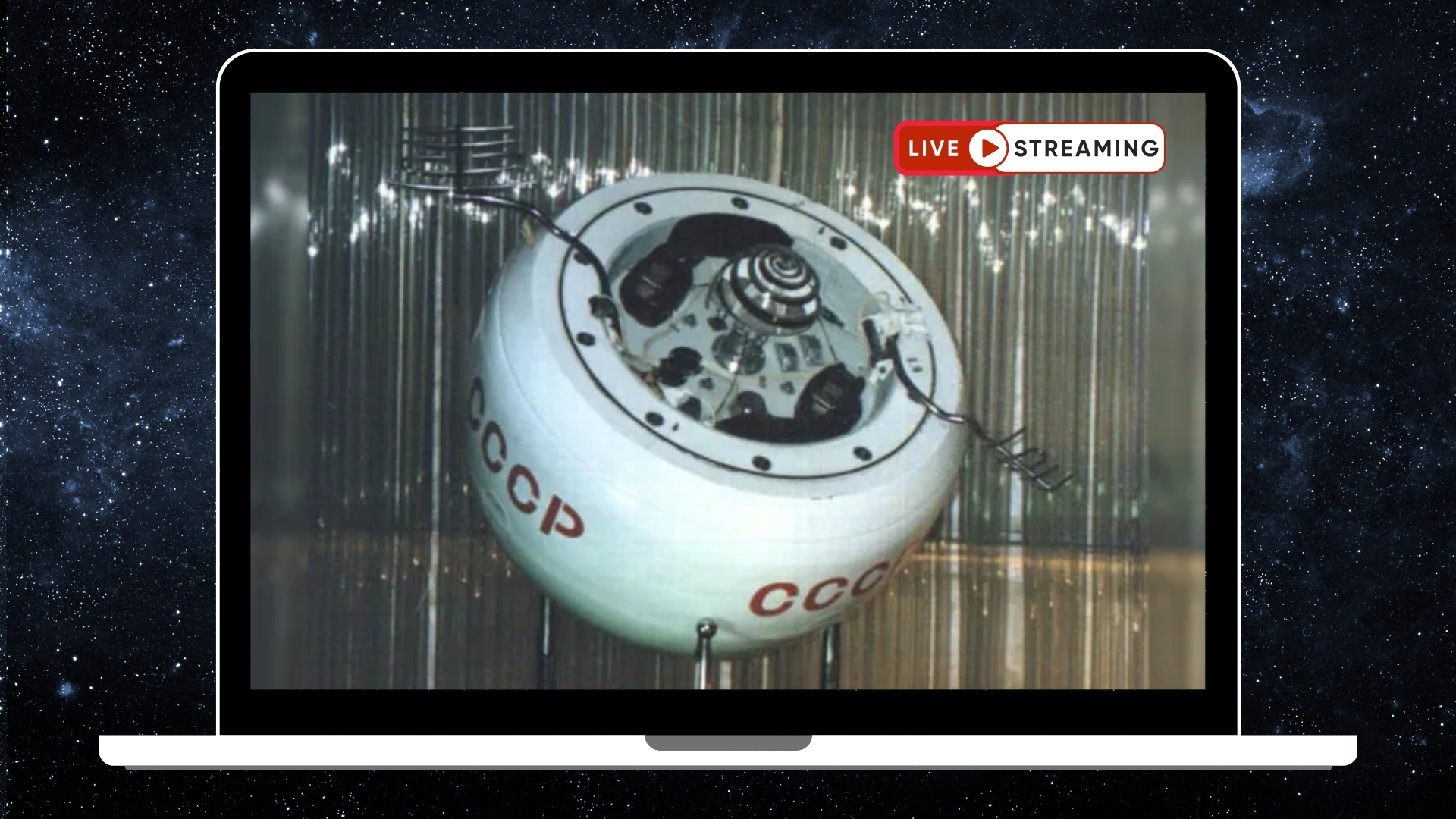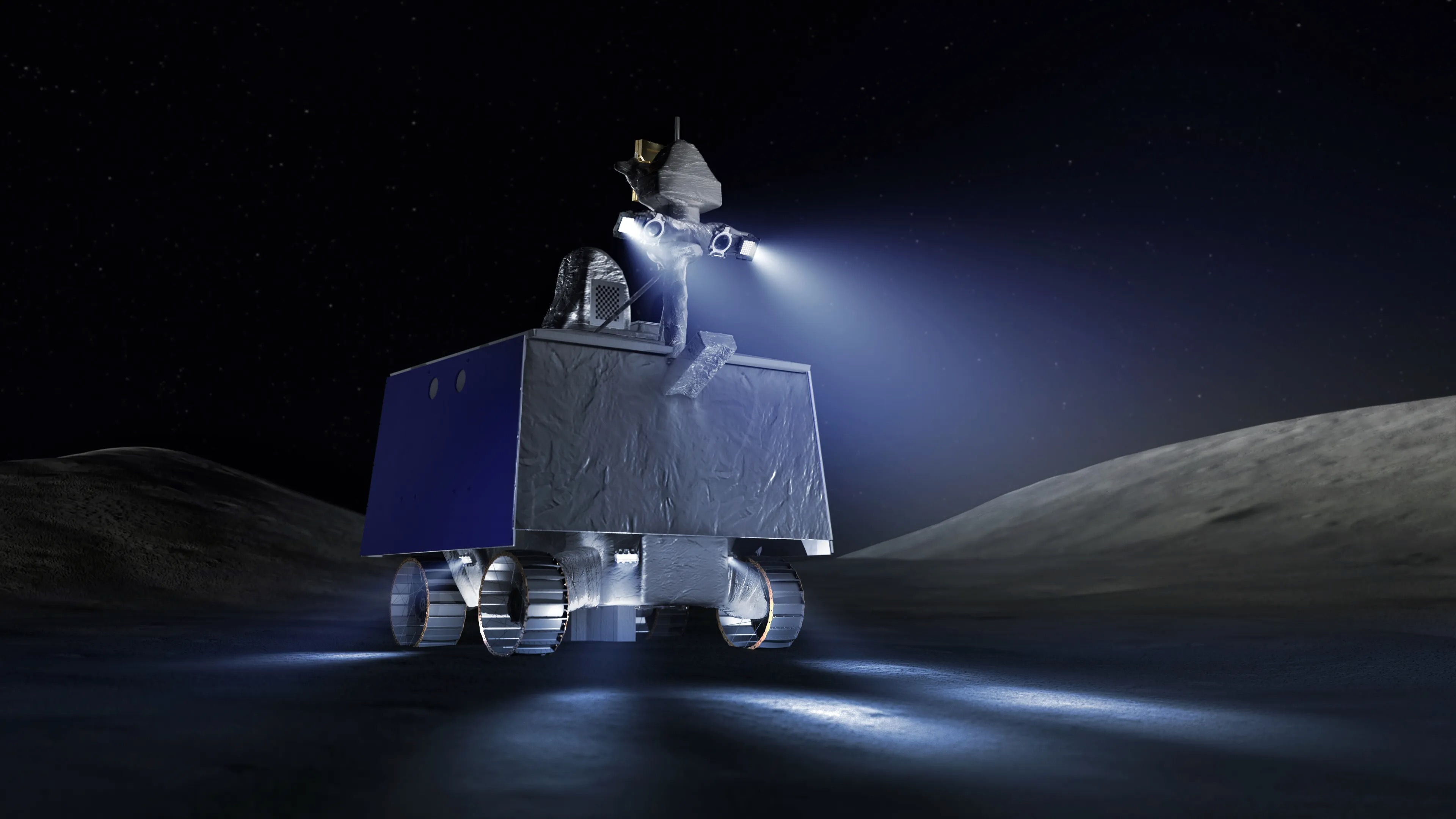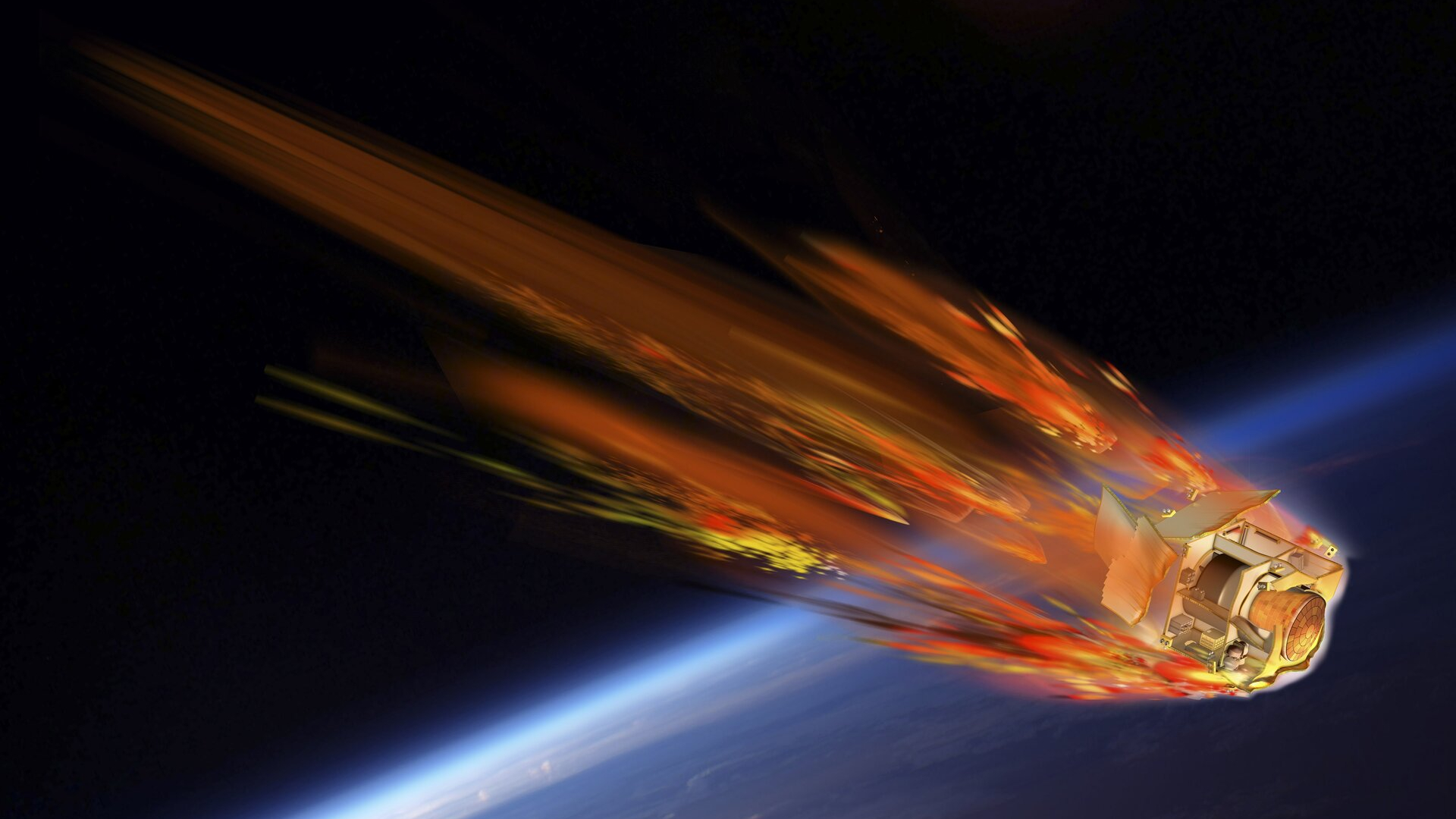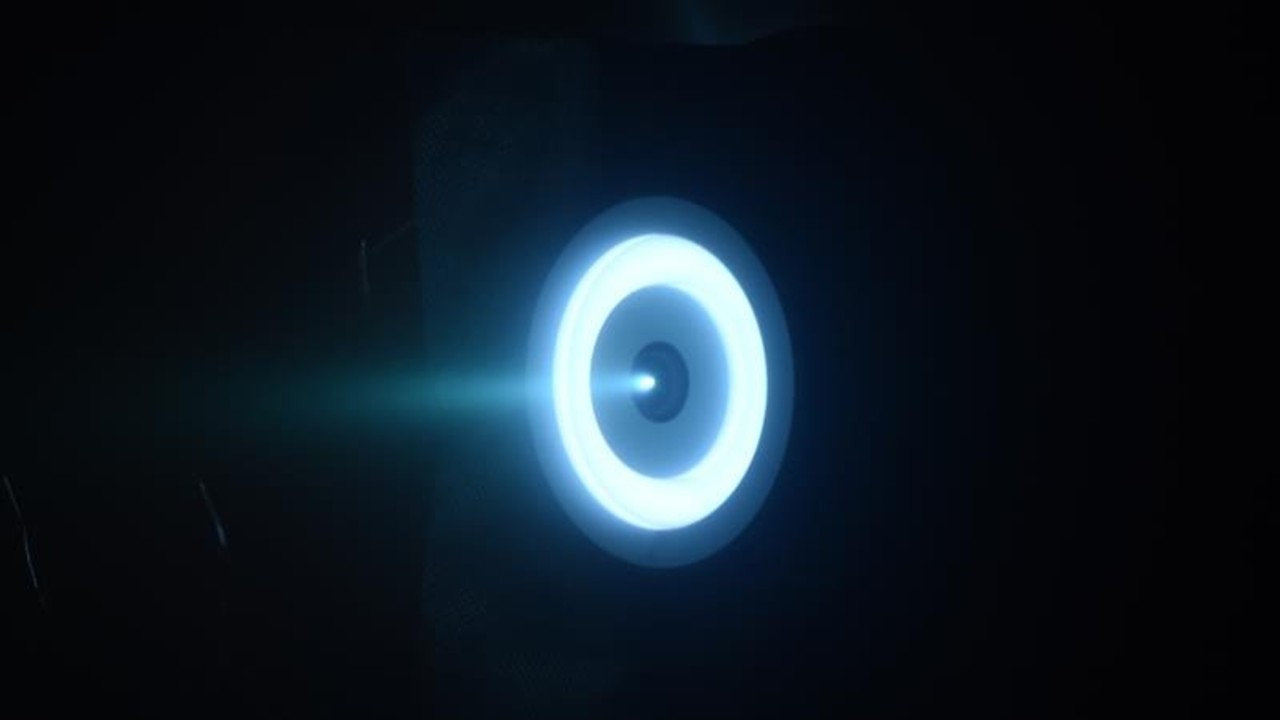NASA's Mars 2020 Rover Ready for High-Def Camera Eyes

NASA's next Mars rover gets one step closer to its launch next summer with the installation of a pair of high-definition cameras.
The Mars 2020 rover is scheduled to launch in July 2020. The mission will land on the Red Planet's Jezero Crater on Feb. 18, 2021, where it will begin its search for signs of habitable environments and evidence of past microbial life.
On May 23, engineers at NASA's Jet Propulsion Laboratory in Pasadena, California, reinstalled the cover to the rover's remote sensing masthead, which carries important optics and instrumentation. This set the stage for the installation of the two Mastcam-Z high-definition cameras, which will be placed on the rover's deck this week, according to a statement from NASA.
Related: Mars 2020: The Red Planet's Next Rover
The two Mastcam-Z cameras are designed to boost the rover's driving and core-sampling capabilities. The instrument will provide a detailed look at rocks and sediment within the rover's field of view, offering a more comprehensive picture of the planet's geologic history, according to the statement.
"Mastcam-Z will be the first Mars color camera that can zoom, enabling 3D images at unprecedented resolution," Jim Bell, Mastcam-Z principal investigator of Arizona State University, said in the statement. "With a resolution of three-hundredths of an inch [0.8 millimeters] in front of the rover and less than one-and-a-half inches [38 millimeters] from over 330 feet [100 meters] away — Mastcam-Z images will play a key role in selecting the best possible samples to return from Jezero Crater."
The Mars 2020 will also be equipped with a Lander Vision System, making it the first spacecraft with the ability to accurately retarget its touchdown during the landing sequence. The rover also has a caching system, which can be used to collect Martian rock and soil samples that can be returned to Earth with a future mission.
Get the Space.com Newsletter
Breaking space news, the latest updates on rocket launches, skywatching events and more!
- NASA Puts Mars 2020 Rover's Space Ride to the Test (Photo)
- You Can Send Your Name to the Red Planet on NASA's Mars 2020 Rover
- Amazing Mars Photos by NASA's Curiosity Rover (Latest Images)
Follow Samantha Mathewson @Sam_Ashley13. Follow us on Twitter @Spacedotcom and on Facebook.
Join our Space Forums to keep talking space on the latest missions, night sky and more! And if you have a news tip, correction or comment, let us know at: community@space.com.

Samantha Mathewson joined Space.com as an intern in the summer of 2016. She received a B.A. in Journalism and Environmental Science at the University of New Haven, in Connecticut. Previously, her work has been published in Nature World News. When not writing or reading about science, Samantha enjoys traveling to new places and taking photos! You can follow her on Twitter @Sam_Ashley13.
